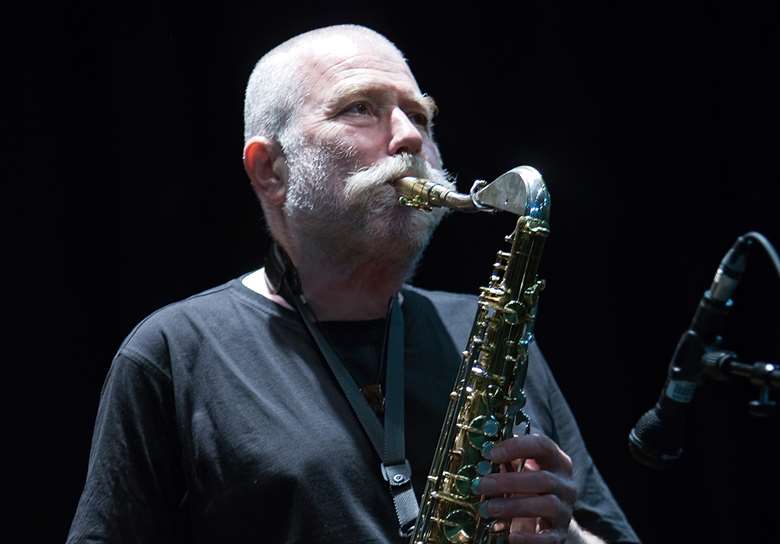Peter Brötzmann: 06/03/41 – 22/06/23
Friday, June 23, 2023
Daniel Spicer salutes the saxophone colossus of European free jazz and improvised music who has died aged 82


Register now to continue reading

Thank you for visiting Jazzwise.co.uk. Sign up for a free account today to enjoy the following benefits:
- Free access to 3 subscriber-only articles per month
- Unlimited access to our news, live reviews and artist pages
- Free email newsletter